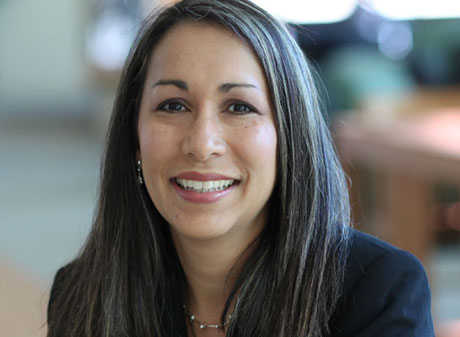Teaching Economics through Live Experiments

Tisha Emerson
Baylor University economics professor Tisha Emerson wanted to know why only about 1 in 3 people majoring in economics was female.
Her research on this (along with coauthors) showed that the role model effect—or the notion that fewer female role models in economics leads to fewer women studying economics—wasn’t to blame.
Nor was the quantitative nature of the economics field, as has been suggested. Rather than finding that the quantitative aspect of the discipline was off-putting to women, Emerson and her coauthors found the opposite: Higher quantitative requirements led to higher ratios of women studying economics.
So, what else could have an effect?
“I have found through some research that in principles of microeconomics, there is a gender gap that men tend to outperform women,” Emerson said, “but if you teach with a pedagogy that uses classroom experiments, that women make up much of that gap.”
In this Women in Economics podcast, Emerson discussed how using classroom experiments while teaching helped a wide range of students close the gap.
“I really think that some pedagogies will be perhaps more attractive to people from different backgrounds,” Emerson said, “and that also, for some racial and ethnic minorities, some of the gap between those groups and white students, some of that was made up also when they were exposed to a pedagogy of classroom experiments.”
One example involved teaching supply and demand: Half the class pretended to be buyers of a product, and half were sellers. Each side was given private information about their needs, and they engaged essentially in an auction to settle on prices for the goods.
“We’re able to show that … they will accurately predict the equilibrium price in the market and the quantity of the good traded that we actually see in the experiment which the students participate in themselves.”
Additional Resources
- Women in Economics: Tisha Emerson
- On the Economy: The Sadie Collective and Reaching Black Women in Economics
Citation
ldquoTeaching Economics through Live Experiments,rdquo St. Louis Fed On the Economy, Dec. 2, 2019.
This blog offers commentary, analysis and data from our economists and experts. Views expressed are not necessarily those of the St. Louis Fed or Federal Reserve System.
Email Us
All other blog-related questions

